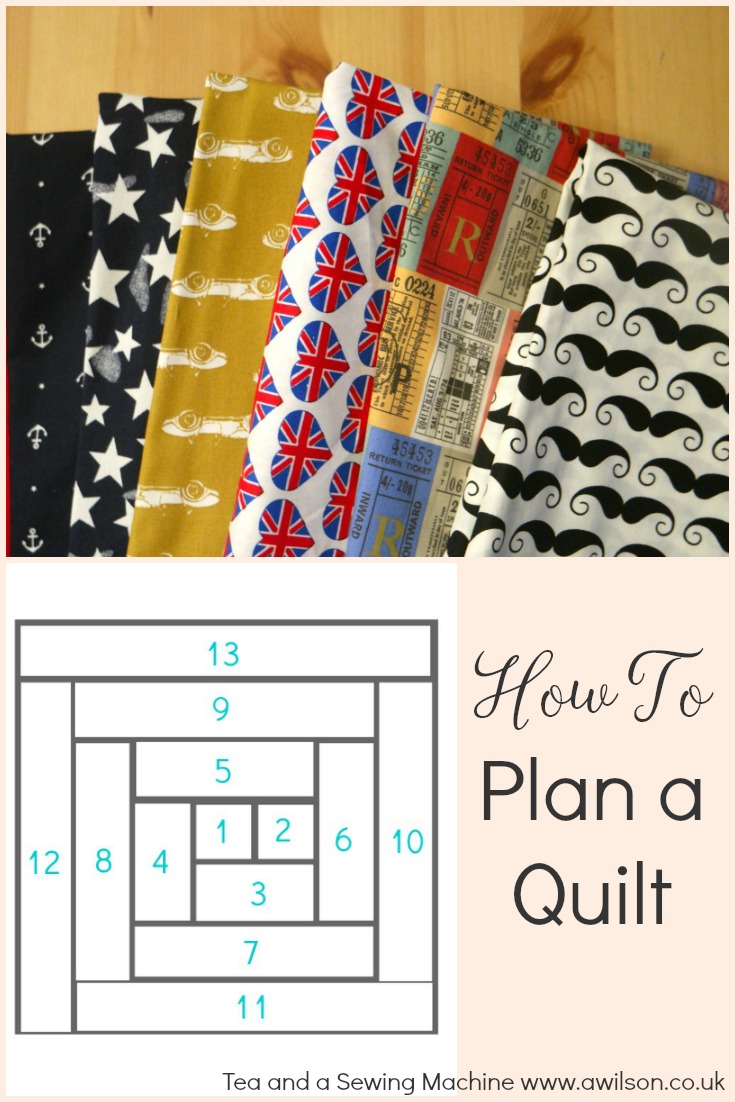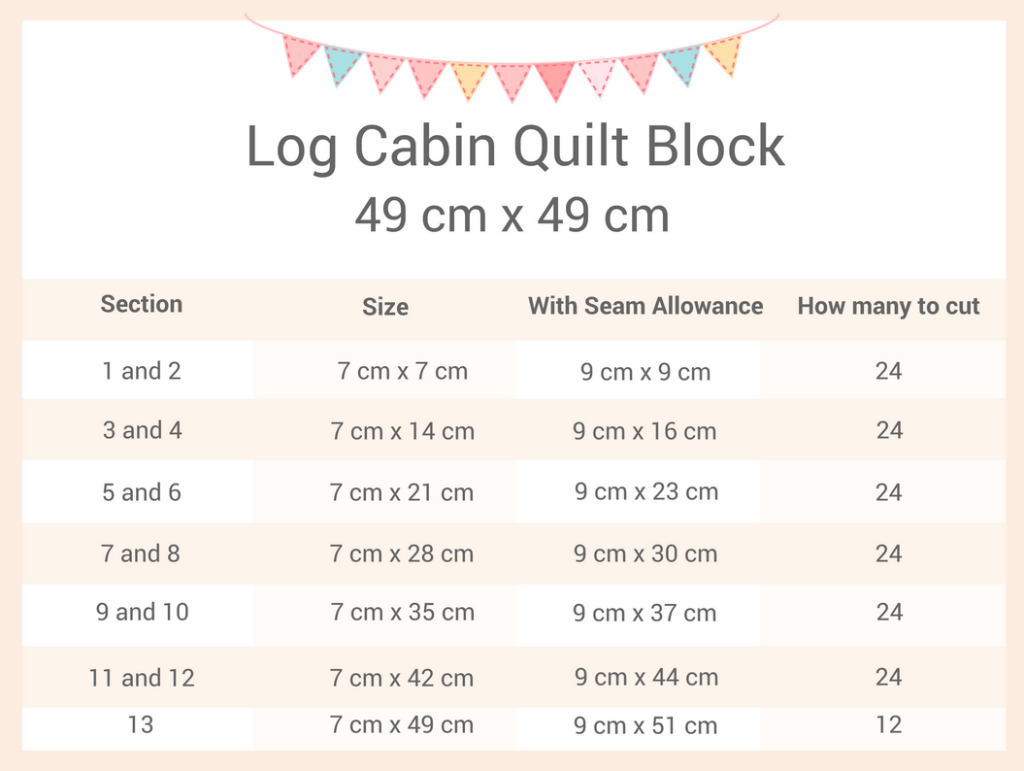How To Plan a Patchwork Quilt
One of the things that has been on my sewing to do list for several years is to make quilts for my boys.
My boys like wrapping themselves up in blankets when they’re at home, especially in the evening when they’re watching Canada’s Worst Driver or Mythbusters. I also like the idea of them having something special to take with them when they eventually leave home.
The problem with any kind of big project is that it can seem so big, it never gets started! Even the idea of breaking things down into bite sized chunks can be overwhelming because they are just so many chunks!
A traditional patchwork quilt made up of lots of little squares definitely falls into this category!
So if I’m going to make quilts for my boys, I’m going to make things as easy as possible.
I have a standard sewing machine, not a quilting one, and I also have the attention span of a gnat (although it’s improved a bit), and a pile of unfinished projects to prove it!
I don’t want the quilts to end up on that pile! So I’ve opted for large blocks and I’m going to back it with fleece fabric and not actually quilt it at all. I know this is cheating! This is not my idea. It is one I have shamelessly stolen from Sara at Creative Jewish Mom. You can the quilt she made here.
Anyway, I’ve got the fabric, and before reaching for the scissors and making a dreadful mess of everything, I’ve planned out what I’m going to do. This way, I know exactly how many blocks I need to make and how wide the strips need to be before I start cutting.
Here’s how to plan a patchwork quiltl!
How To Plan a Log Cabin Quilt
1. Once you’ve decided on a quilt block, the next decision to make is how big you want the quilt to be. I wanted mine to be a little bit wider than a single duvet and about the same length. A vague idea is all you need here, as the actual finished dimensions will depend on the size of the blocks.
A single duvet is 135 cm by 200 cm, so I was aiming for about 150 cm x 200 cm.
2. The next thing to decide is how many blocks you want the quilt to have. I decided to make big blocks, as that would be less work, easier, quicker, and I’d be more likely to finish it!
I decided to make my quilt 3 blocks by 4, with the option of a border if the measurements required it.
3. The next part is tricky, as this involves figuring out how big each block needs to be. So that it doesn’t get horribly complicated later on, the actual dimensions of each block need to be determined by the size and shape of the pieces that make them up. This where keeping things simple is really going to help!
The quilt block I’ve chosen for my patchwork quilt is a simple log cabin. All the rectangles are the same width, and there are 7 rectangles going across and 7 going up and down. So the easiest thing is to start with a number divisible by 7. A square 49 cm x 49 cm would result in quilt without borders measuring 147 cm x 196 cm. That’s close enough for me!
4. The next task is to work out exactly how big the pieces need to be. You can do this either by drawing it out on a large sheet of paper, or by working it out. Don’t forget to add a seam allowance!
With the log cabin block, the 1st 2 pieces are squares, so they would need to be 7 cm x 7 cm. Adding a 1 cm seam allowance all the way round makes them 9 cm x 9 cm.
Pieces 3 and 4 need to be 7 cm wide and the same length as the first to pieces combined, so 7 cm x 14 cm. A seam allowance makes them 9 cm x 16 cm.
Pieces 5 and 6 need to be 7 cm wide, then as long as three sections, so 21 cm. With the seam allowance, 9 cm x 23.
You get the idea! Here’s a table with the measurements of each section.
5. With the pattern pieces made, identify how many of each piece you will need. Decide how many you will cut from each fabric.
6. Now cut the bits out!
Now that the planning’s done and the bits are prepped, you can get sewing your patchwork quilt!
The next post will show how to sew the log cabin quilt block.


Ana, You explained in extremely well and simple mannered. I am following this platform for more interesting tips and tricks.
Have been wanting to tackle a quilt for sometime, but the thought of the preparation gives me the chills. Having read your post AND the idea of using fleece instead of wadding, sheer genius! No excuse now, except Christmas, so will be heading to the sewing machine soon.
Thanks Lucie!
Hi Anna, I have to say I am very much an improvisational quilter and my quilts tend to evolve from an idea and I just start and see where it goes. Your idea of large blocks is the way to go to get them done quickly.
I’m hoping it’s be quick! I think the next one will evolve as 2nd son wants a maths themed quilt 🙂